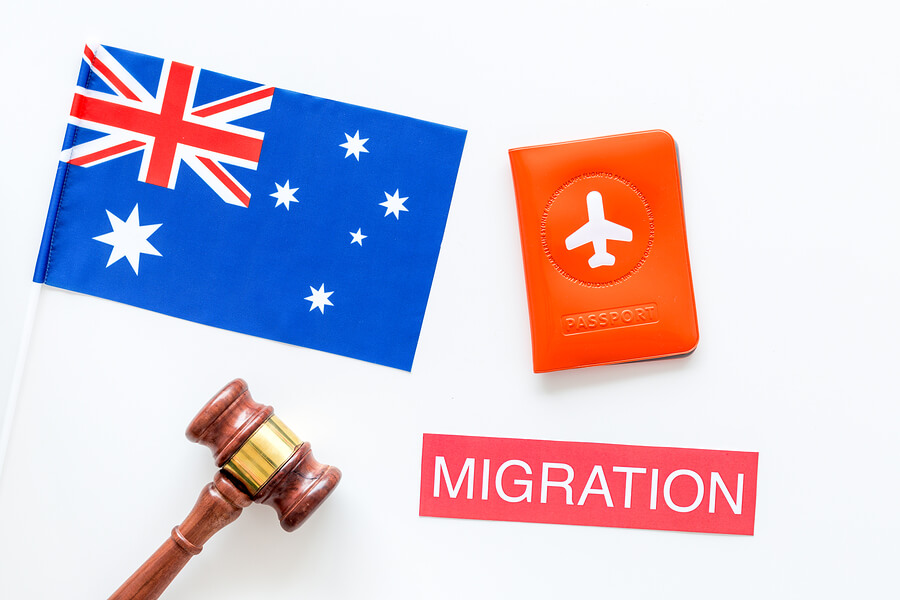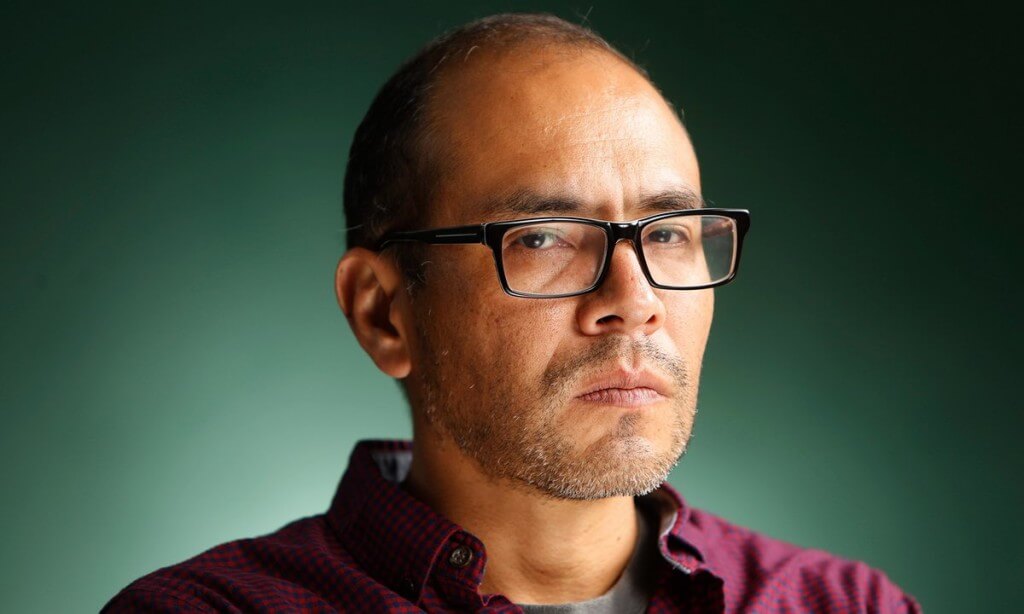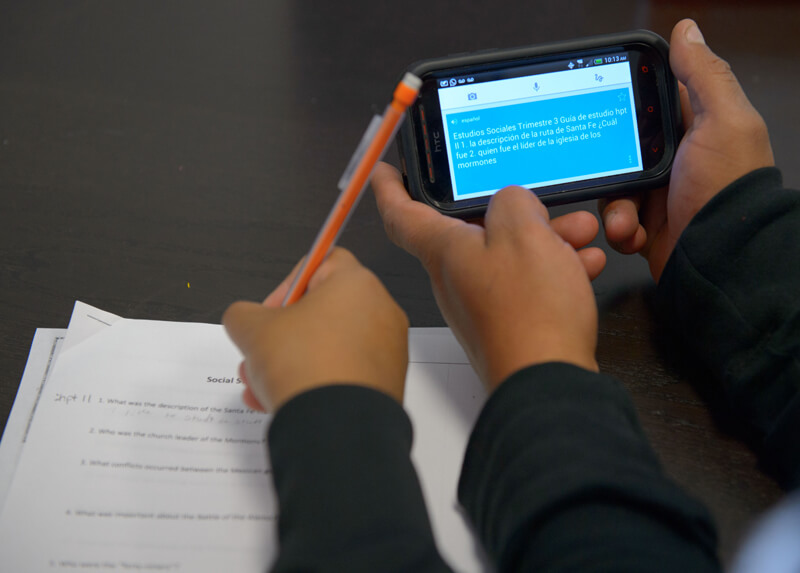Translators are professionals who convert text from one language to another. The demand for translators parallels the original emergence of text as a form of human communication and the growth in the need for human communication in text form. As the demand for professional translators grew over the centuries, there developed a translation industry. All evidence of current trends shows that this industry is going to continue to grow in size. The reasons for this will be explored further below.
In addition to a growth in size, the industry will see the greatest evolution over the next two decades, possibly faster, because of the rapid development of a range of technological advances that make translation work easier and faster.
The role of globalization in the evolution of the global translation industry
The demand for translation is directly proportional to the demand for accurate communication between people who speak and understand different languages. Whenever people, as individuals, companies, corporations, small businesses, government departments and agencies, volunteer and not-for-profit groups, and other organizations wish to communicate by text they can only do so if what they want to communicate can be read and understood. Professional translators, as individual freelancers or as employees of translation agencies, make this communication happen.
There is no doubt that global communication has grown immensely in the last few decades, especially due to advances in communication technology the opening up of trade routes, and the removal of trade barriers. This growth in global communication is part and parcel of globalization, an important change in human society. Intimately tied to globalization is the demand for economic growth and the desire of once impoverished and marginalized nations to become wealthier and more modern.
The advent of the internet and its widespread adoption around the world has meant that the desire to communicate between people of different languages can be fulfilled more easily. At the same time, technology by itself does not allow language barriers to be bridged. It is the work of translators themselves who make this possible.
The impact of new technology on the global translation industry
Traditionally, translators would be given a standard paper version of the text and expected to translate it as accurately as possible. This still happens in some places, but technological advancements have meant that traditional translation companies have quickly adopted whatever new technology became available as long as it made their work easier and faster.
The first technological advances would have been the development of print and printers, typewriters, and then computers. Instead of laboriously reading written text (although this still happens), the modern translator reads printed text and usually it arrives by email attachment or Google doc through the internet. Computers allowed proofreading and editing to be much more efficient and faster than what the older technology was able to process.
The pace of change is ongoing and it is quite likely that the translation companies of say ten or twenty years into the future will look back at what is available today as redundant as typewriters or the humble pen may be regarded today.
The relevance of the technology of the future for professional translation companies
The main advances in technology which will shape the future of the translation industry are:
- Improvements in translation software and machine translation. At present, human translators are still regarded as more accurate than the current level of efficiency that machine or automated translation can provide, but the gap is steadily being eroded. Machine translation is being used already by modern translation companies, but never used alone. The product of machine translation is always subject to rigorous amendment and proofreading by human translators.
- The rise of artificial intelligence (AI) will no doubt have the most far-reaching consequences for all human endeavors in the very near future, not just for the translation industry. The evolution and adoption of AI will be a double-edged sword. It may mean much faster translation times and even help to make mistakes and errors as well as editing redundant, but on the other hand, could mean that human translators will find themselves in competition with machines. The only thing that will prevent the loss of jobs in the translation industry may be the very growth in demand for translation itself.
Conclusion
Like any other industry, the translation industry has evolved over the years. The demand for the accurate translation of text is not going to go away in the near future, mainly due to globalization and the growth in the global economy. Although this should ensure a promising future, advances in technology, especially machine translation software and AI could reduce the need for human translators as the major part of the work is taken over by machines.








